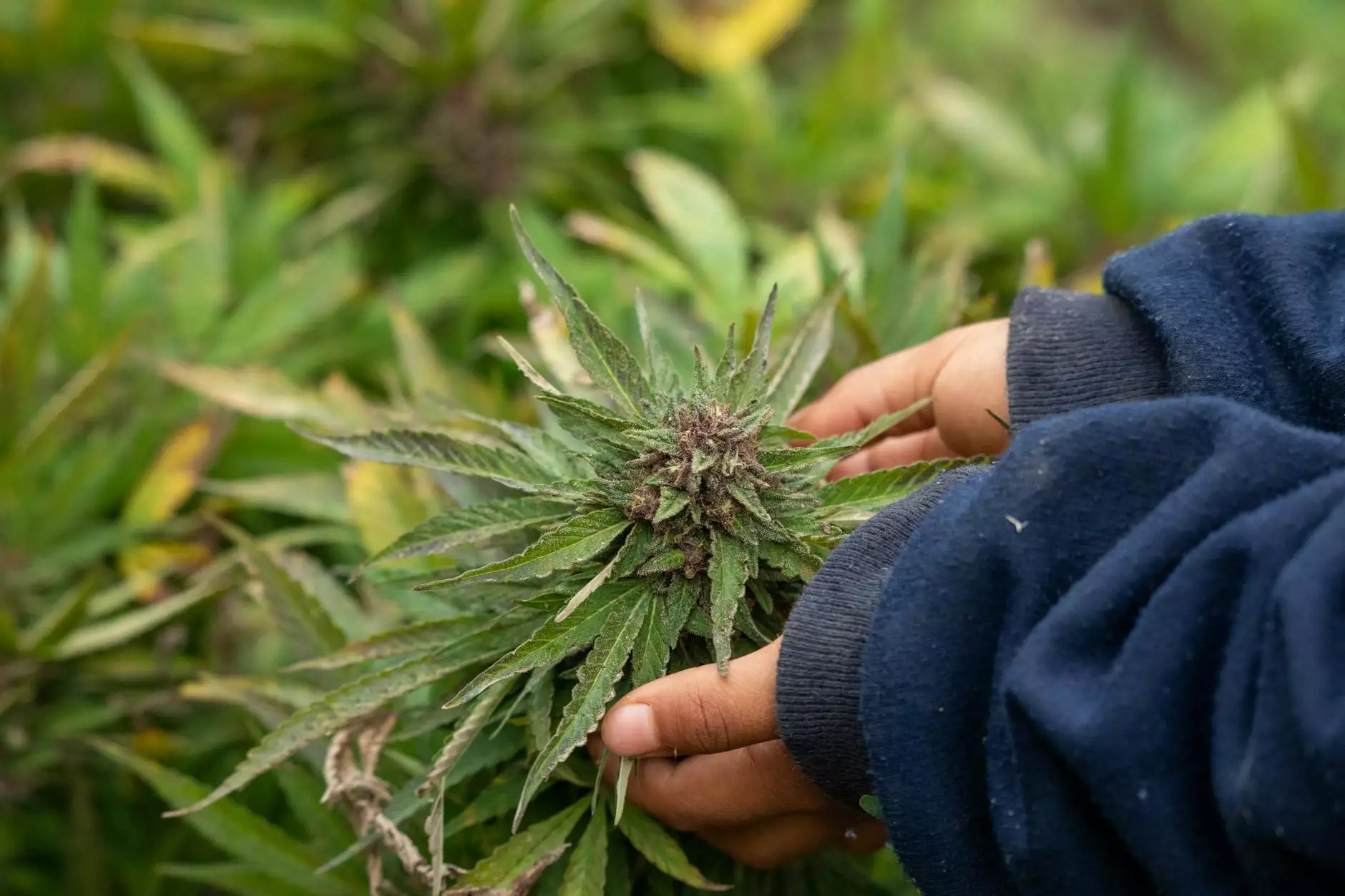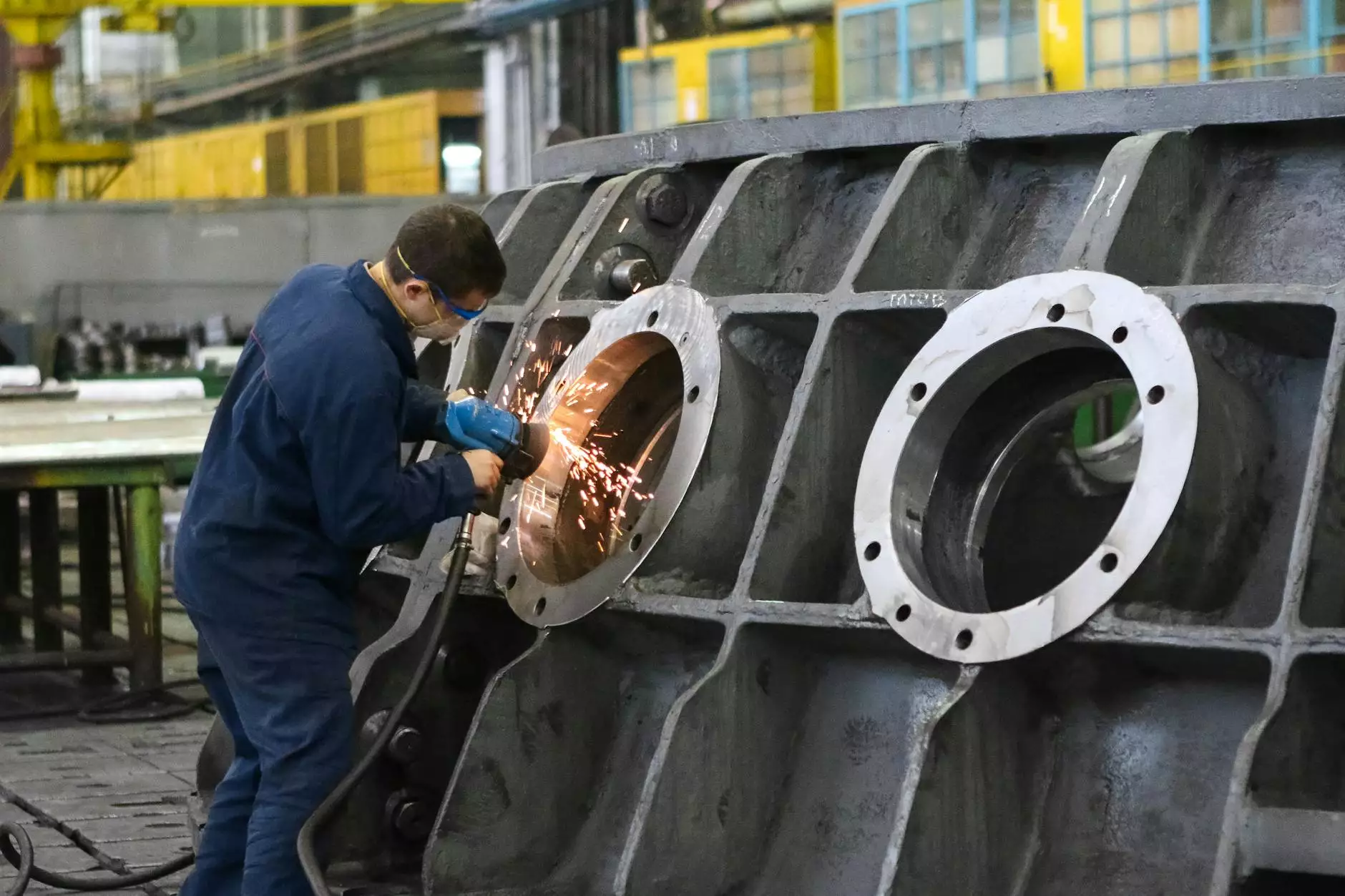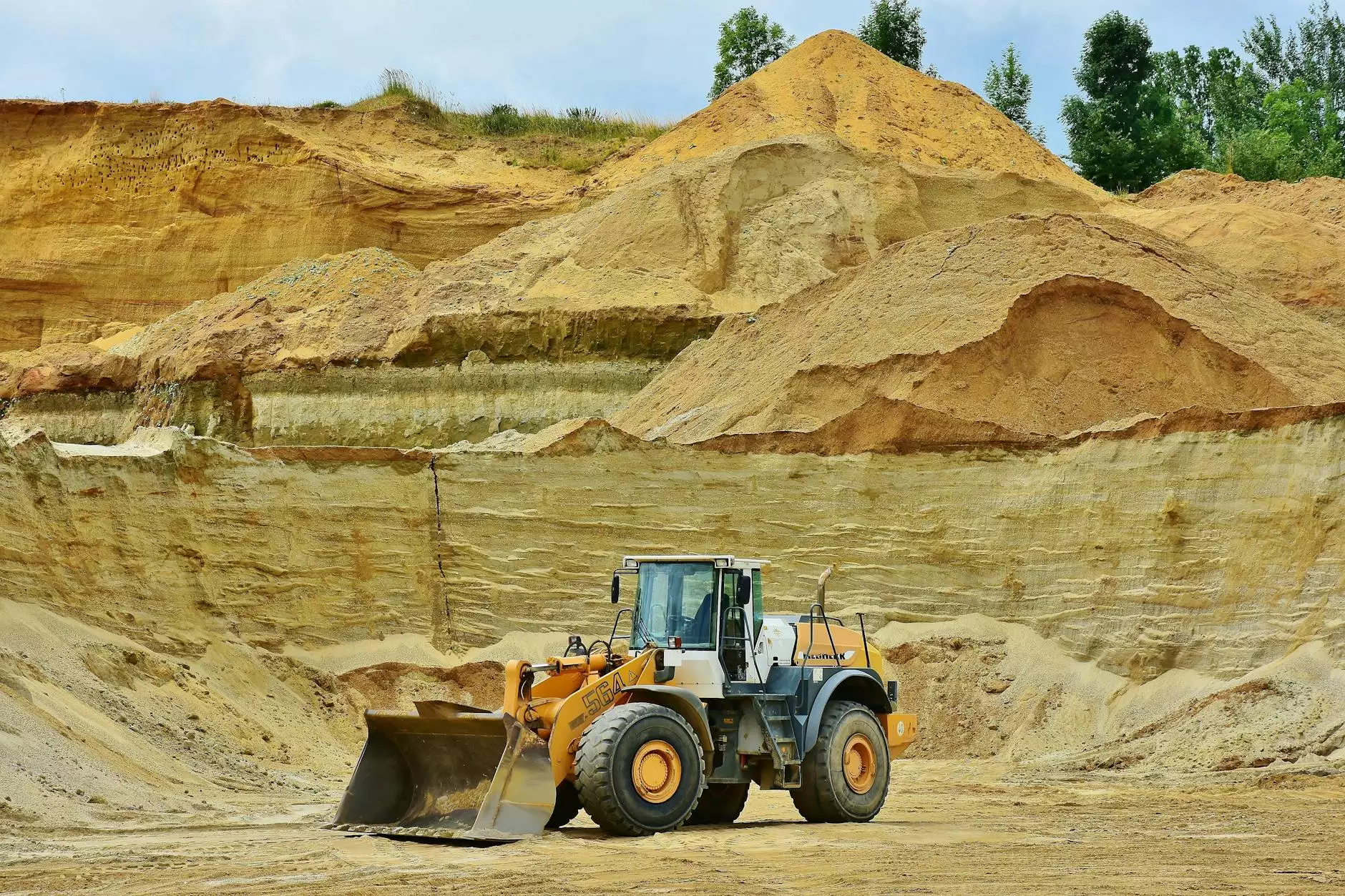Wet Trim vs Dry Trim: Which is Better and Why?
Blog
Welcome to the comprehensive guide on wet trim vs dry trim for harvesting cannabis plants, brought to you by Grow Your Own, the leading eCommerce & Shopping platform for cannabis enthusiasts. Whether you're a seasoned grower or just starting out, understanding the differences between wet trim and dry trim can greatly impact the quality and potency of your harvest.
The Basics of Harvesting Cannabis Plants
Before we delve into the wet trim vs dry trim debate, let's briefly touch upon the basics of harvesting cannabis plants. Harvesting is the process of carefully removing the buds from your plants in order to prepare them for drying and curing. It is a crucial step that can significantly affect the final product.
Now, let's explore the key differences between wet trim and dry trim methods and discuss which one may be better suited for your cultivation goals.
Understanding Wet Trim
Wet trimming involves removing the fan leaves and excess foliage from the freshly harvested cannabis plants immediately after they are cut down. This method is called "wet" because the plant material is still moist during the trimming process.
Proponents of wet trim argue that it offers several advantages. Firstly, wet trimming allows for easier access to the buds, as the leaves are still pliable and can be more easily maneuvered. This can result in a faster trimming process, especially when dealing with larger harvests.
Furthermore, wet trimming can prevent the buds from drying out too quickly, which can be beneficial in preserving the terpene profile of the plant. Terpenes are the aromatic compounds responsible for the distinct flavors and smells of different cannabis strains.
However, it's important to note that wet trimming may also have its drawbacks. The excess moisture in the freshly harvested plants can create a higher risk of mold and mildew development if proper drying conditions are not maintained. Additionally, the wet trim method may require more handling of the buds, potentially increasing the chance of damaging trichomes, which contain the valuable cannabinoids.
The Benefits of Dry Trim
Contrary to wet trim, dry trim involves allowing the harvested plants to fully dry before starting the trimming process. This method allows the plants to dry and cure gradually before the leaves and excess foliage are trimmed off.
Dry trimming offers its unique set of advantages. Firstly, the slower drying process can promote a more controlled and gradual release of moisture, reducing the risk of mold and mildew formation. Properly dried buds are less prone to these harmful issues.
Furthermore, dry trimming allows the buds to maintain their structural integrity during the trimming process. As the plant material loses moisture, it becomes more brittle, making it easier to trim without damaging the valuable trichomes. This can help preserve the potency and quality of the final product.
However, it's worth considering that dry trimming can be a time-consuming process, especially for larger harvests. The increased fragility of the buds can also make it more challenging to achieve the desired aesthetics, as they may appear slightly less visually appealing compared to wet-trimmed buds.
Choosing the Right Method for Your Cultivation
So, which method is better for harvesting your cannabis plants? The answer ultimately depends on your specific cultivation goals and preferences.
If you value a more efficient trimming process and are confident in maintaining optimal drying conditions, wet trimming may be a suitable choice. The preserved terpene profile and potentially faster turnaround time can be appealing to many growers.
On the other hand, if you prioritize preserving the structural integrity and enhancing the potency of your buds, and don't mind investing more time and effort into the trimming process, dry trimming can yield excellent results in terms of potency and overall quality.
Ultimately, it's crucial to experiment with both methods and determine which one aligns best with your cultivation style, resources, and desired outcomes.
In Conclusion
Harvesting cannabis plants is a critical step in the cultivation process, and the decision between wet trim and dry trim plays a significant role in shaping the quality and potency of your final product. While each method has its own pros and cons, understanding their differences and considering your specific goals will ensure you make the right choice.
Remember, at Grow Your Own, we are dedicated to providing cannabis enthusiasts with the knowledge and tools they need to succeed in their cultivation endeavors. Stay informed, stay curious, and keep growing!




